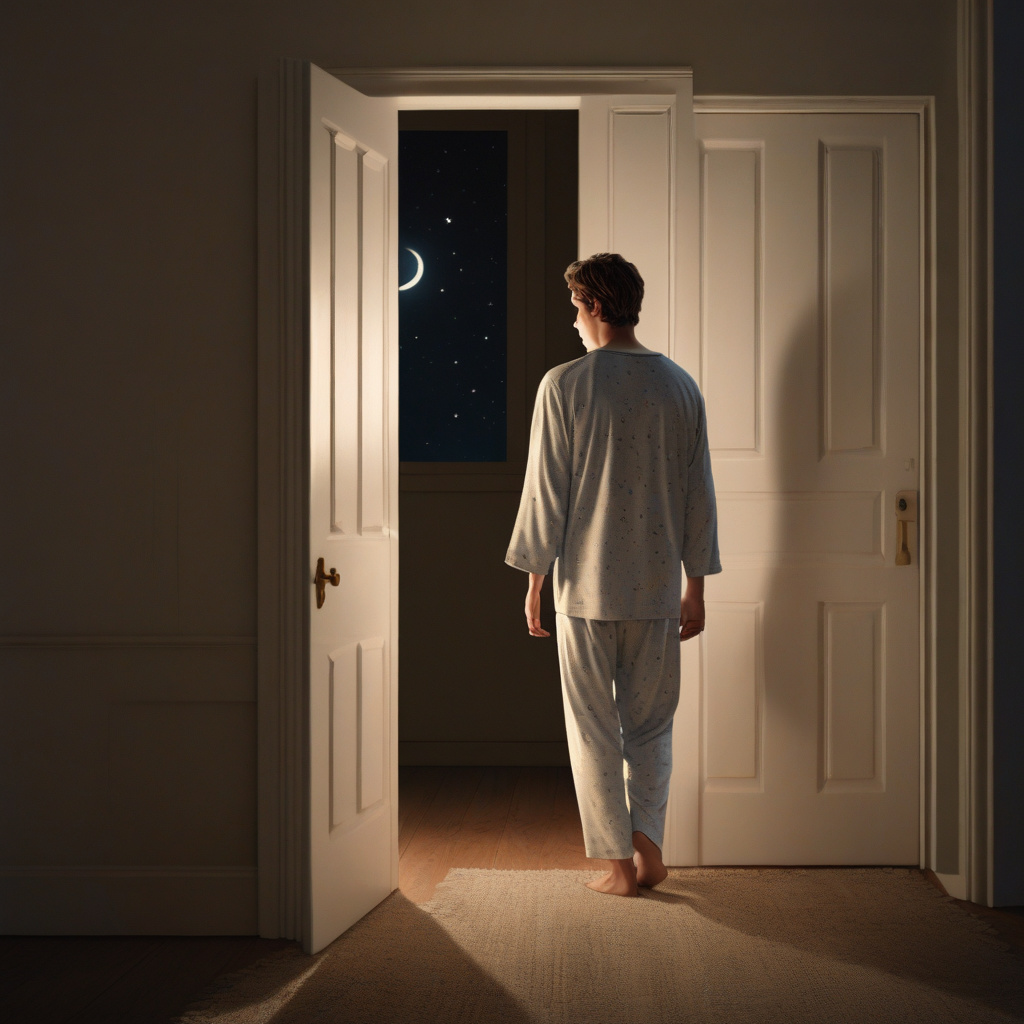Body wanders while brain naps: The science and myth of sleepwalking
Sleepwalking, or somnambulism, belongs to a family of sleep disorders called parasomnias, behaviors that hover between wakefulness and sleep. This peculiar phenomenon has intrigued scientists, psychologists, and the general public alike for centuries. The image of someone wandering around with vacant eyes, seemingly conscious yet unaware, is both eerie and fascinating. But what is the science behind this behavior, and how much of it is actually myth?
While sleepwalking has been documented throughout history, it wasn’t until the late 19th and early 20th centuries that researchers began to shed light on its causes. Sleepwalking occurs during non-rapid eye movement (NREM) sleep, specifically during the deep sleep stages. It is believed to result from a disruption in the sleep cycle, causing an individual to partially wake up from deep sleep without fully regaining consciousness.
During a sleepwalking episode, the brain is in a state of transition between sleep and wakefulness. This is why sleepwalkers can perform complex actions such as walking, talking, or even driving, all while remaining asleep. The parts of the brain responsible for decision-making and self-awareness are not fully engaged during these episodes, leading to a lack of memory of the event upon waking up.
Contrary to popular belief, it is not dangerous to wake up a sleepwalker. In fact, it is essential to guide them back to bed safely to prevent any injuries that may occur while sleepwalking. However, it is crucial to create a safe sleeping environment for individuals who suffer from frequent sleepwalking episodes to avoid any potential harm.
While the science behind sleepwalking is becoming clearer, there are still many myths and misconceptions surrounding this phenomenon. One common myth is that sleepwalkers should not be woken up during an episode. As mentioned earlier, waking up a sleepwalker is not harmful and is, in fact, necessary to ensure their safety.
Another myth is that sleepwalkers are acting out their dreams. In reality, sleepwalking is not associated with dreaming and is more closely linked to the stage of deep sleep. Sleepwalkers may have their eyes open and appear to be awake, but they are not conscious in the same way they would be when fully awake.
In some cases, sleepwalking can be triggered by factors such as stress, sleep deprivation, or certain medications. Identifying and addressing these underlying causes can help reduce the frequency of sleepwalking episodes. Cognitive-behavioral therapy and relaxation techniques may also be beneficial in managing sleepwalking in some individuals.
In conclusion, sleepwalking remains a mysterious yet fascinating sleep disorder that blurs the lines between wakefulness and sleep. While science has made significant strides in understanding the mechanisms behind sleepwalking, there is still much to learn about this enigmatic phenomenon. Separating fact from fiction is essential in dispelling myths and misconceptions surrounding sleepwalking and promoting a better understanding of this intriguing aspect of human behavior.
sleepwalking, somnambulism, parasomnias, sleep disorders, deep sleep stages












